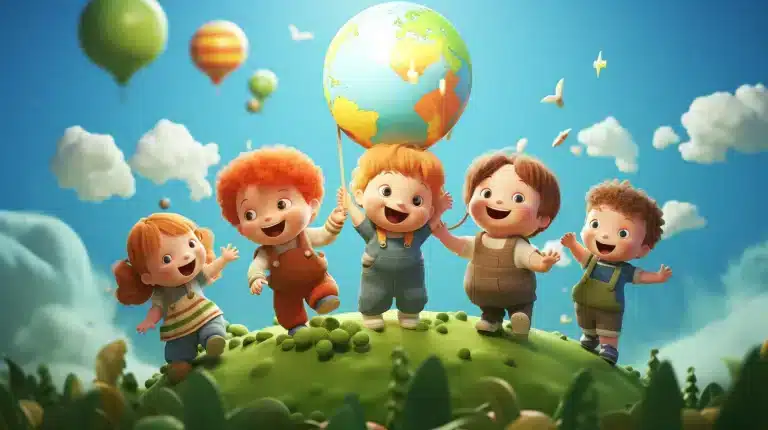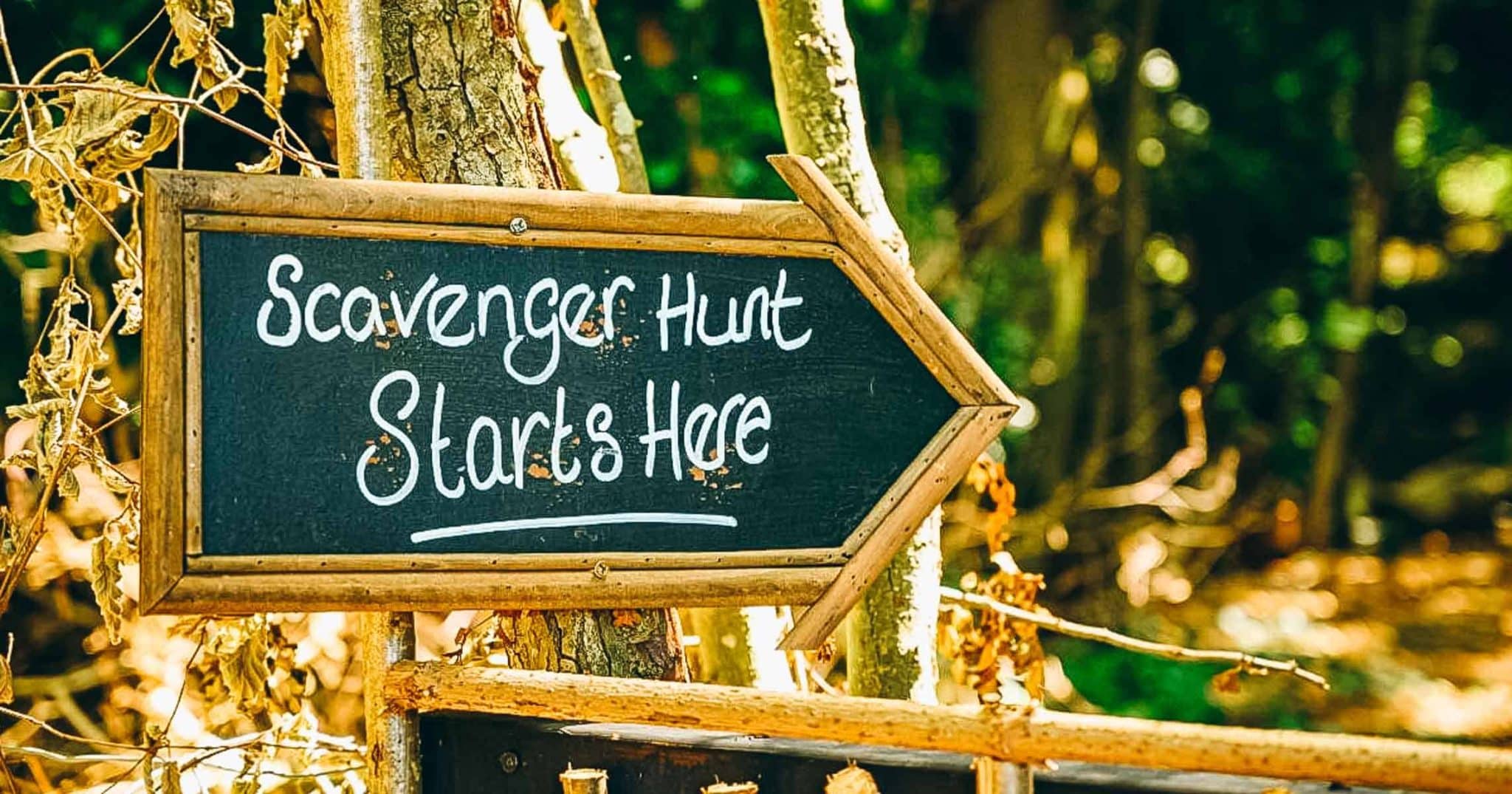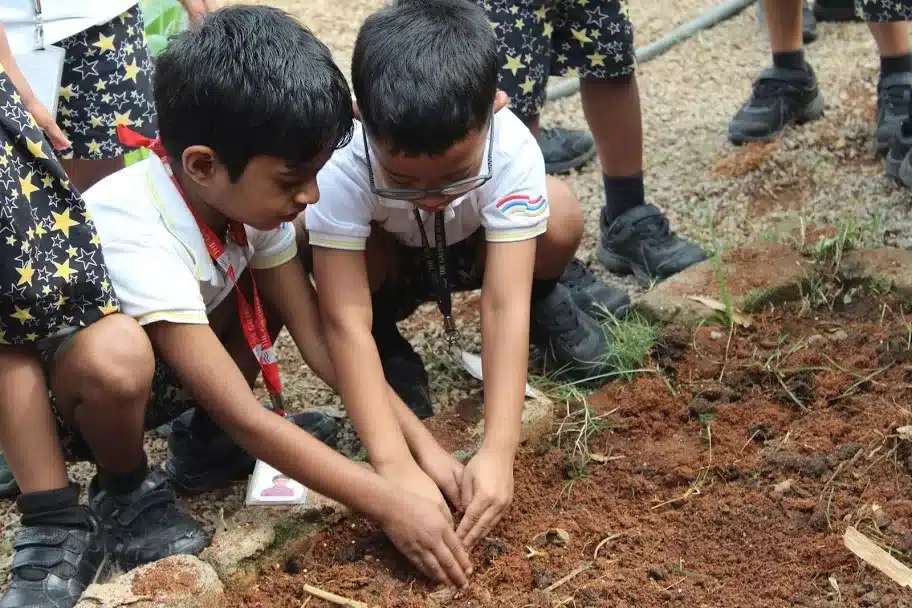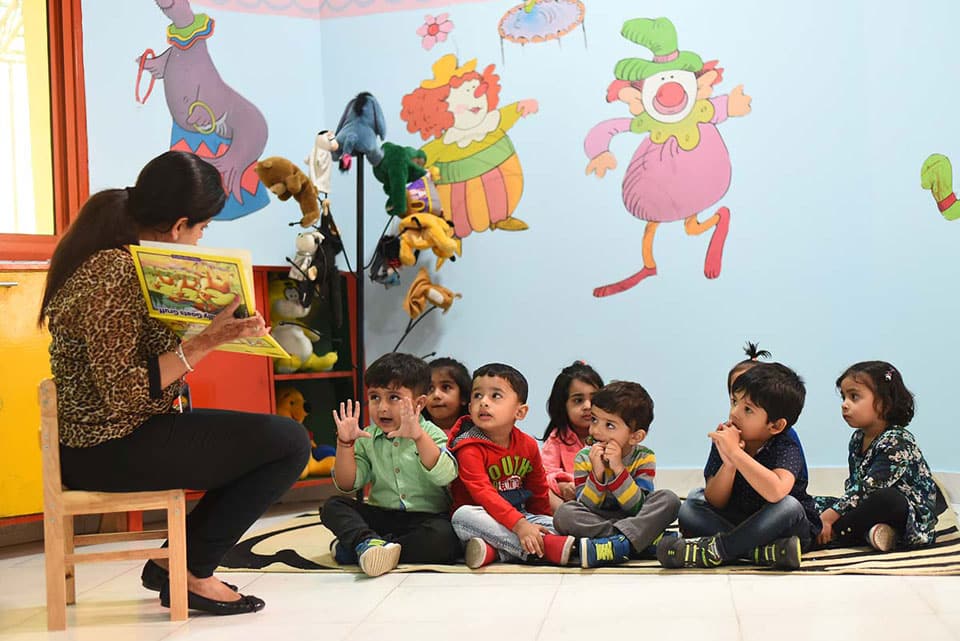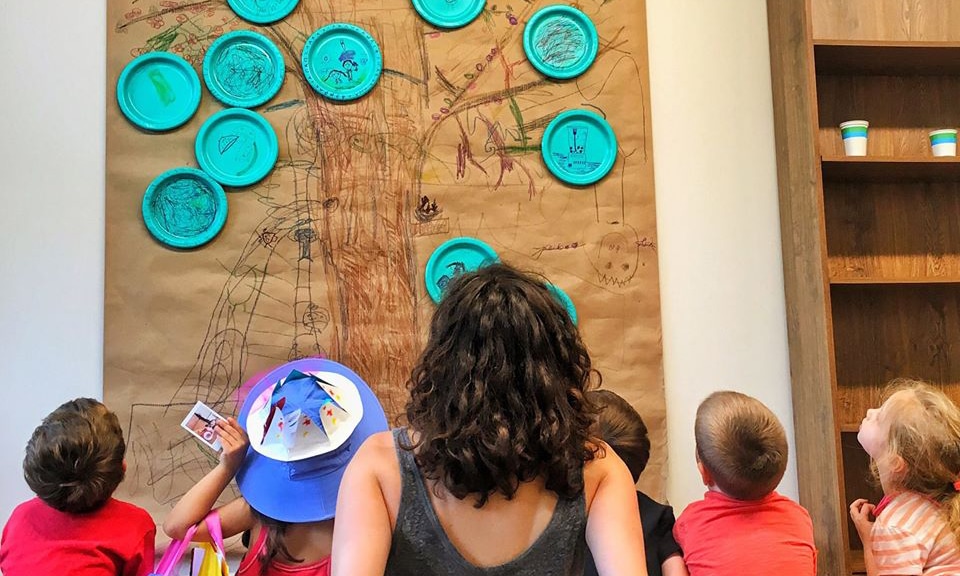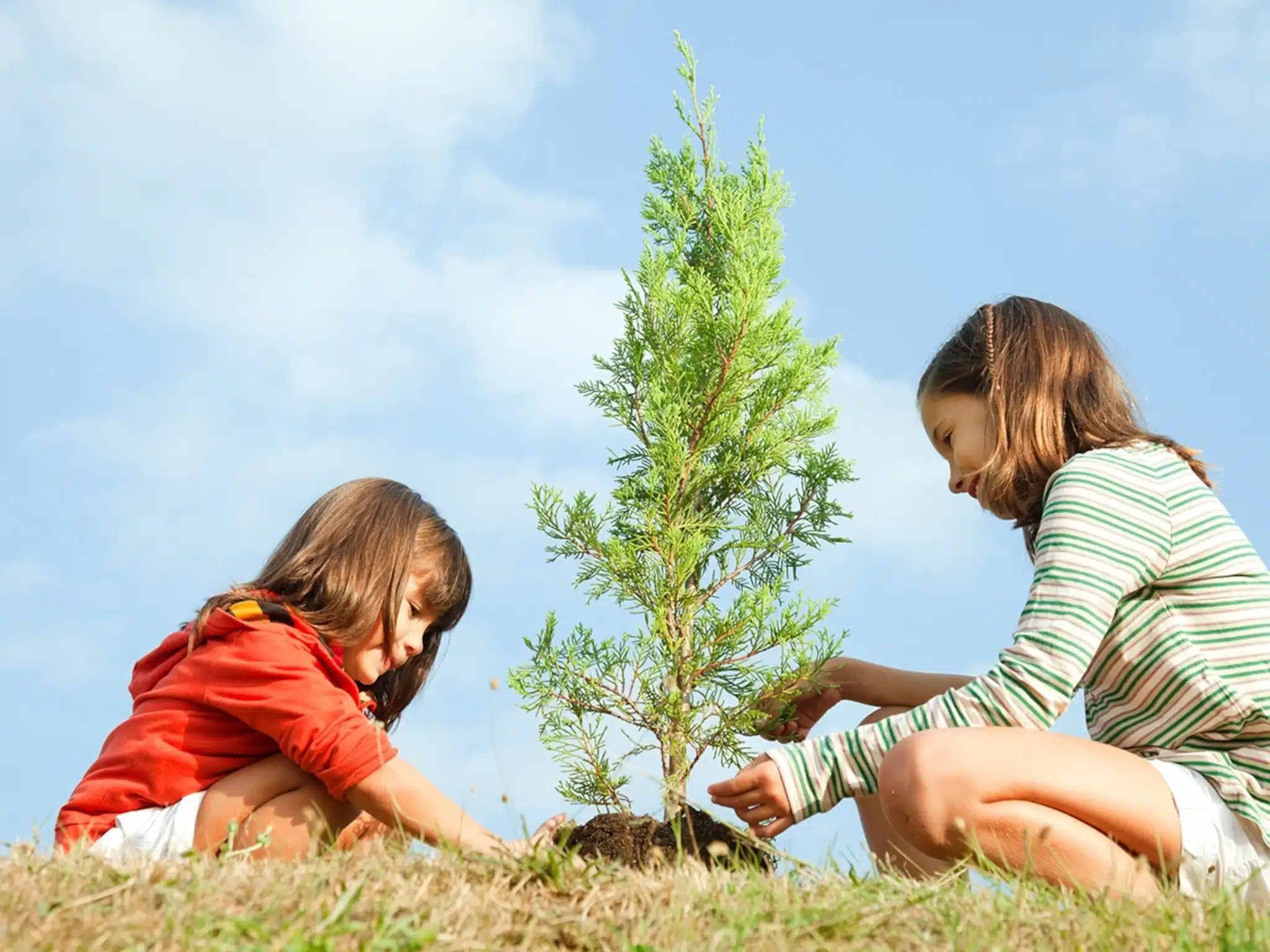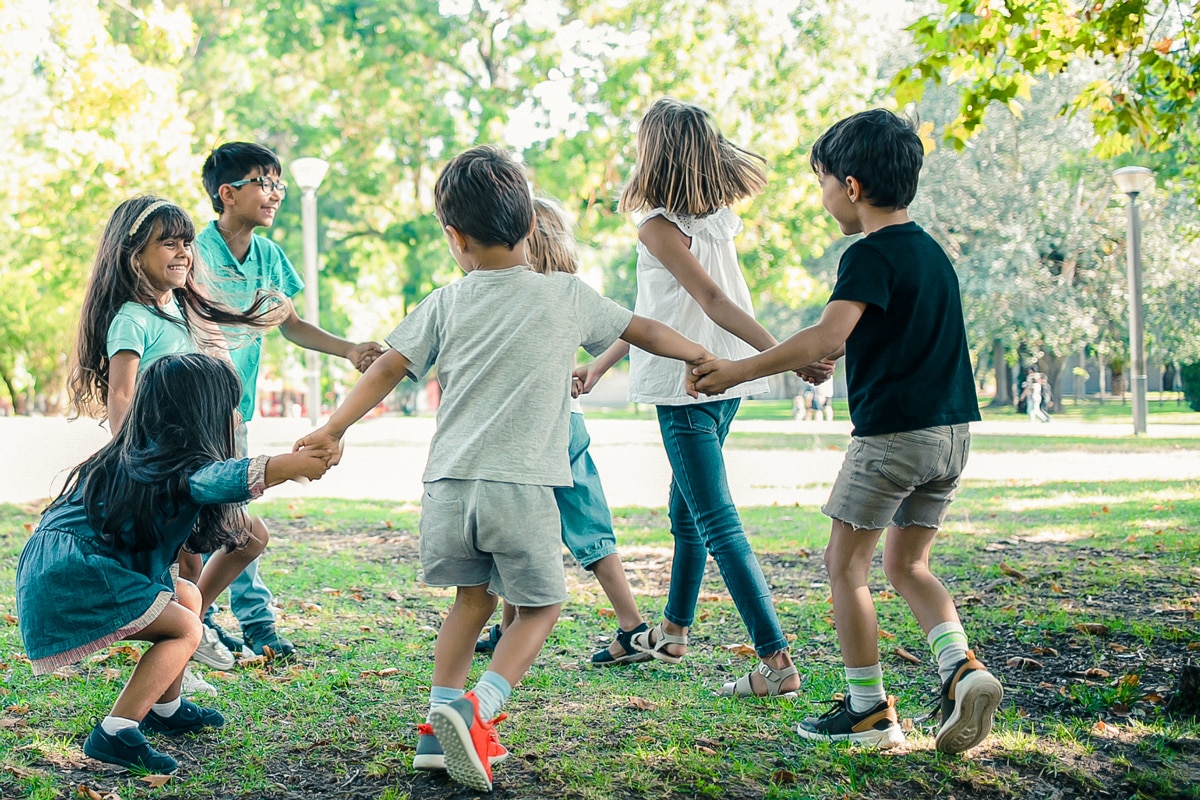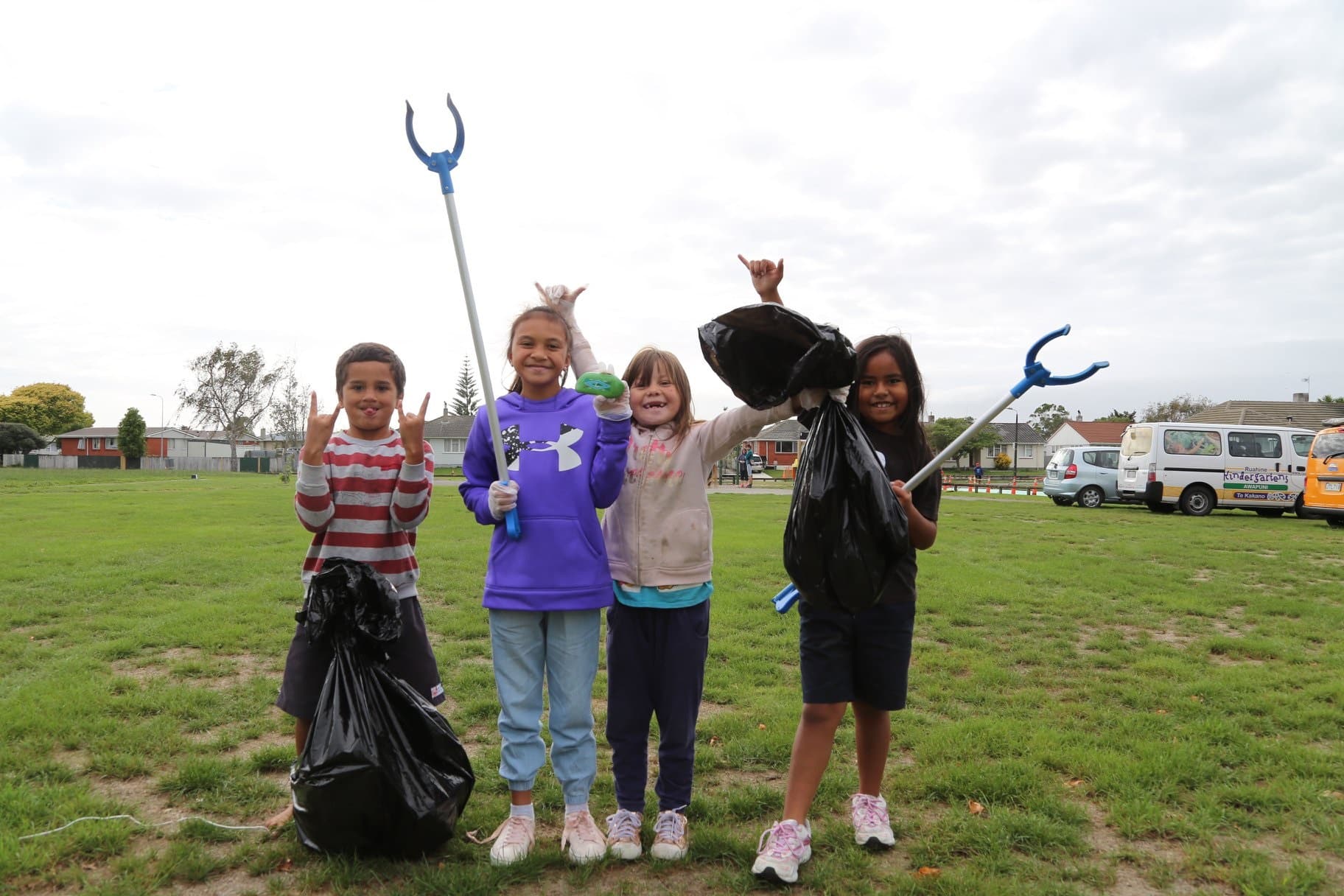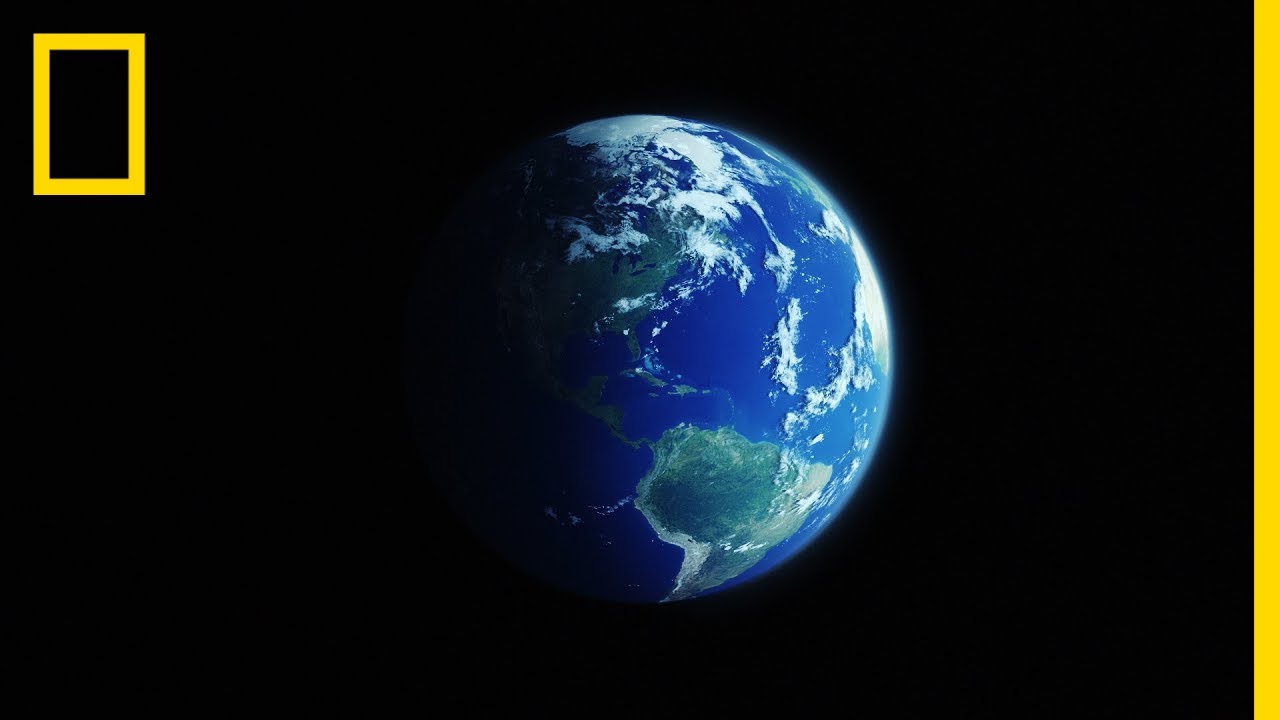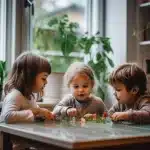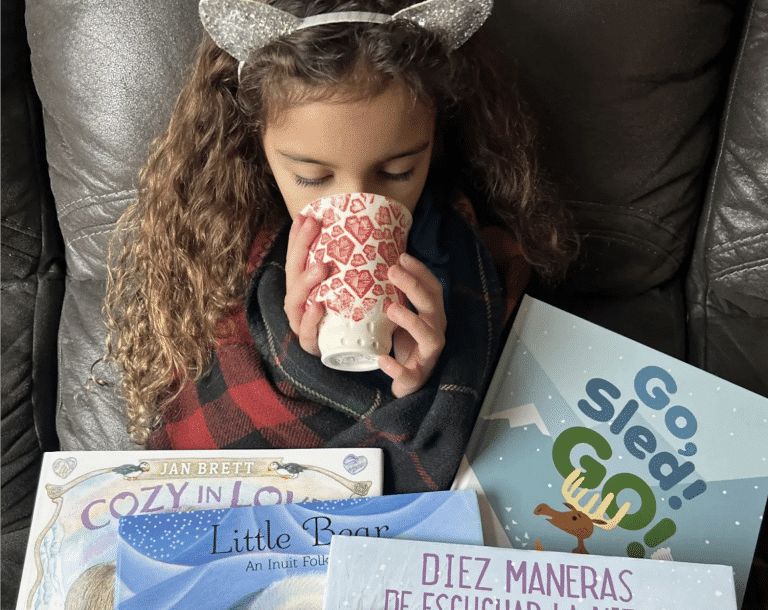Nowadays, people are becoming more aware of the environmental issues that our planet is facing. Thus, it is our responsibility and an important task to integrate a sense of accountability with eco-awareness in young children.
Earth Day, which falls on April 22nd each year, is a perfect time to make young children learn how important it is to care for the environment.
Teach your kids to live sustainably and not carelessly use natural resources because this awareness can save Earth from depleting its resources for future generations.
So, let’s quickly learn about the interactive ways to teach young children about Earth Day.
1. Upcycling Projects
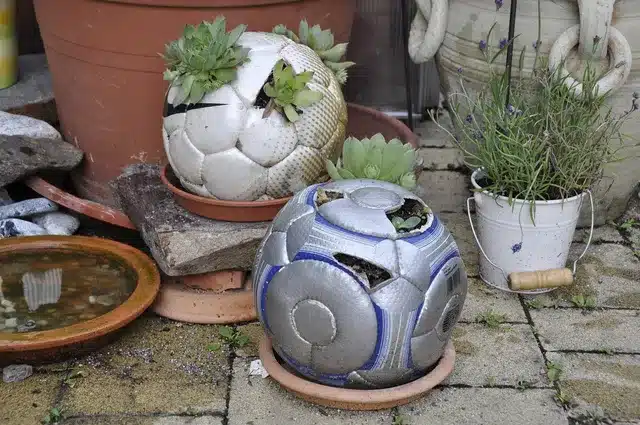
Upcycling products are a great way to introduce young children to reducing, reusing, and recycling.
Use used and old materials such as old newspapers, cardboard boxes, and empty containers.
Such products allow children to express their creativity by turning materials into new and usable items.
This way of upcycling projects teaches children how to recycle and how to be resourceful.
2. Nature Walks and Scavenger Hunts
Take children on a nature walk and connect them to the earth by telling them important things about trees, soil, etc.
Please encourage them to explore the environment around them and observe plants, insects, and birds.
Create a hunting checklist that includes leaves, some plants, rocks, and flowers, as it will give them hands-on experience while learning the importance of our nature and biodiversity.
3. Planting Seeds and Gardening
One of the best ways to teach young children about the environment is to have hands-on experience with nature.
Allow children to plant seeds, water plants, and observe their growth process occasionally.
This process will also make them understand the importance of trees and how they pass oxygen for humans to breathe well and inhale carbon dioxide.
This activity teaches them to be responsible and gives them a real-world connection to nature.
4. Storytelling Session
Storytelling is one of the best ways to engage young children in learning about the environment, as everyone loves to listen to stories.
Pick stories that have lessons about saving the environment and how the environment is one of the biggest assets for humankind.
Once the storytelling session is completed, play a quick quiz with children and ask their thoughts and ideas about how their contribution can lead to a healthier planet.
5. Interactive Workshops
Work with local ecologists or educators to conduct workshops covering water conservation, waste management, and endangered species.
These interactive workshops can include demonstrations, experiments, drawing Earth Day coloring pages, and age-appropriate discussions that make learning about the environment fun and informative.
6. Earth Day Resolutions
Teach children about the importance of resolutions and how they should take a resolution on Earth Day to protect the environment.
A few resolutions can be throwing plastic waste in the dustbin, sowing seeds on every birthday and watching their progress, making a compost pit out of vegetable waste, etc.
These resolutions will also make young children understand the vitality of maintaining the environment since childhood and will carry on to future generations very well.
7. Environmental-Themed Games
Play games that teach younger children about the environment.
Whether it’s an eco-friendly board game or an interactive online activity that includes environmental quizzes, games can greatly enhance a child’s learning.
These games incorporate ideas about pollution, renewable energies, and how ecosystems work together.
Also, set up small discussions or debates where children can express their thoughts and ideas about various environmental issues.
8. Community Cleanup Events
Organize community cleanup events where children can participate actively in cleaning parks, beaches, neighborhoods, etc.
This activity can teach students not to litter the waste anywhere on the ground and throw their responsibility in the dustbins.
This way, the environment will be much cleaner and healthier with a clean neighborhood.
9. Documentary Viewing
Many documentaries are available that explore the earth inside out with the environmental problems that our planet is facing, the solutions to pollution, etc.
These documentaries from NatGeo, Discovery, and other channels can help students learn much about the earth, its interiors, exteriors, and conditions.
Such learnings can also set a good base for younger children to contribute actively to solving earth problems.
Conclusion
In conclusion, making young children learn about Earth Day isn’t just about providing information; it’s about instilling in them a lifelong ethic of environmental responsibility.
Through hands-on activities, interactive learning, and community engagement, educators and parents can teach the next generation how to be conscious individuals of the environment.
Through these innovative strategies, we can create a generation who knows the significance of Earth Day and is committed to making this earth a better living place every day.

